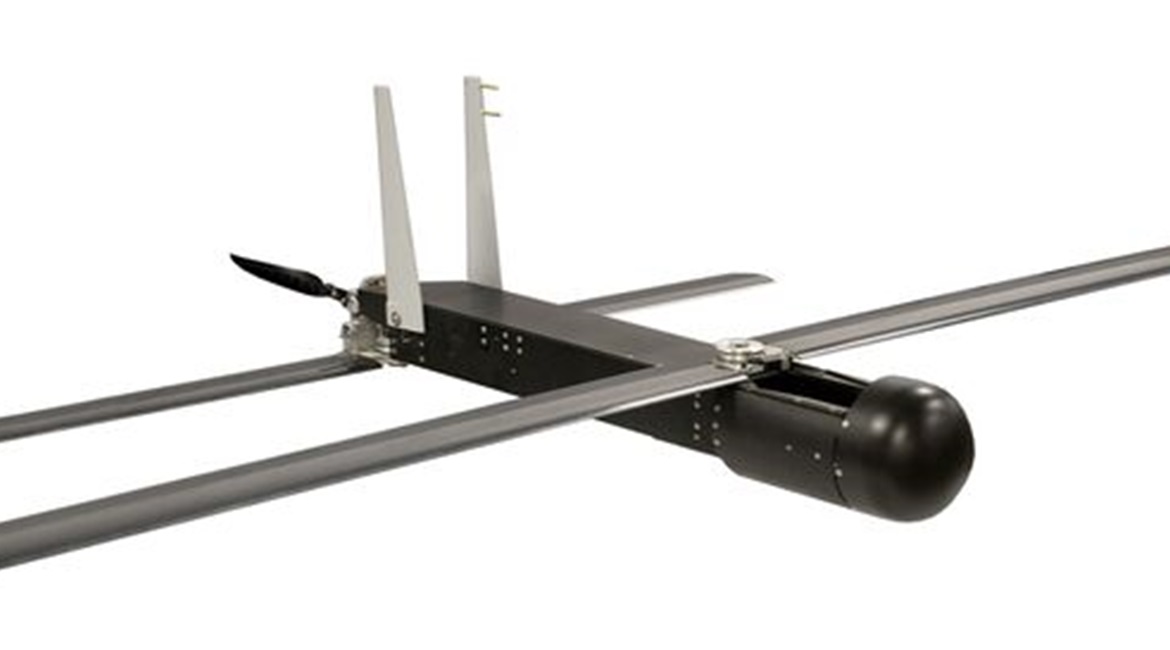
Raytheon Missiles & Defense has demonstrated a swarming drone defeat capability using a ‘non-kinetic' Coyote Block 3 variant reusable air vehicle.
In a demonstration conducted in association with the US Army's Integrated Fires/Rapid Capabilities Office (IF/RCO) at the Yuma Proving Ground, Arizona, the Coyote Block 3 non-kinetic (Block 3NK) air vehicle capability engaged and defeated a swarm of 10 drones that differed in size, complexity, and manoeuvrability at various ranges.
During the tests, the Block 3NK was launched from an army Fixed Site-Low, Slow, Small Unmanned Aircraft System Integrated Defeat System (FS-LIDS) using a Coyote Block 2 launch system supported by the Raytheon Ku-band Radio Frequency System (KuRFS) 360° detect and intercept radar.
Approved by the Joint Counter-Small Unmanned Aerial Systems Office (JCO) in December 2020 as an interim counter-small unmanned aircraft system (C-sUAS) solution for the US Army, the FS-LIDS core architecture includes the SRC Technologies-supplied AN/TPQ-50 Counterfire radar, C-sUAS electronic warfare (EW) system, and electro-optic/infrared (EO/IR) camera, using the army's Forward Area Air Defense Command and Control (FAAD C2) network, along with the KuRFS radar and Coyote Block 2 for kinetic defeat.
Raytheon declined to detail the specific technologies associated with the Block 3's non-kinetic effects capability, but noted that the air vehicle “utilises a non-kinetic warhead to neutralise enemy drones, reducing potential collateral damage. Unlike its expendable counterpart, the non-kinetic variant can be recovered, refurbished, and reused without leaving the battlefield”.
According to Raytheon, the Yuma tests, which were conducted in December 2020 but disclosed in late July this year, “achieved several significant firsts, including air-to-air non-kinetic defeat; survivability, recovery, refurbishment, and reuse during the same test event; a successful launch of the Block 3 from the Coyote Block 2 system [which is already fielded by the army]; and extended-range engagements, communication and KuRFS radar track”.

Looking to read the full article?
Gain unlimited access to Janes news and more...




